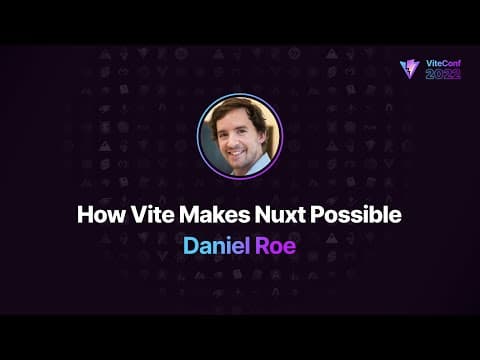Anthony Fu | Anthony's Road to Open Source: The Set Theory | ViteConf 2023
NEW
about 2 years ago•October 20, 2023
18:07
978 views
43 likes
V
ViteConf
Channel
Interviewed Person
Anthony Fu
Description
Experiences and ideas sharing on ways of doing open source. Anthony's methodology on picking the directions of open source projects. From Anthony: "A fanatical open sourceror. Core team member of Vue, Nuxt and Vite. Creator of Vitest, Slidev, VueUse, UnoCSS and Elk. Working at NuxtLabs."
Video Details
NEW
- Duration
- 18:07
- Published
- October 20, 2023
- Channel
- ViteConf
- Language
- ENGLISH
- Views
- 978
- Likes
- 43



